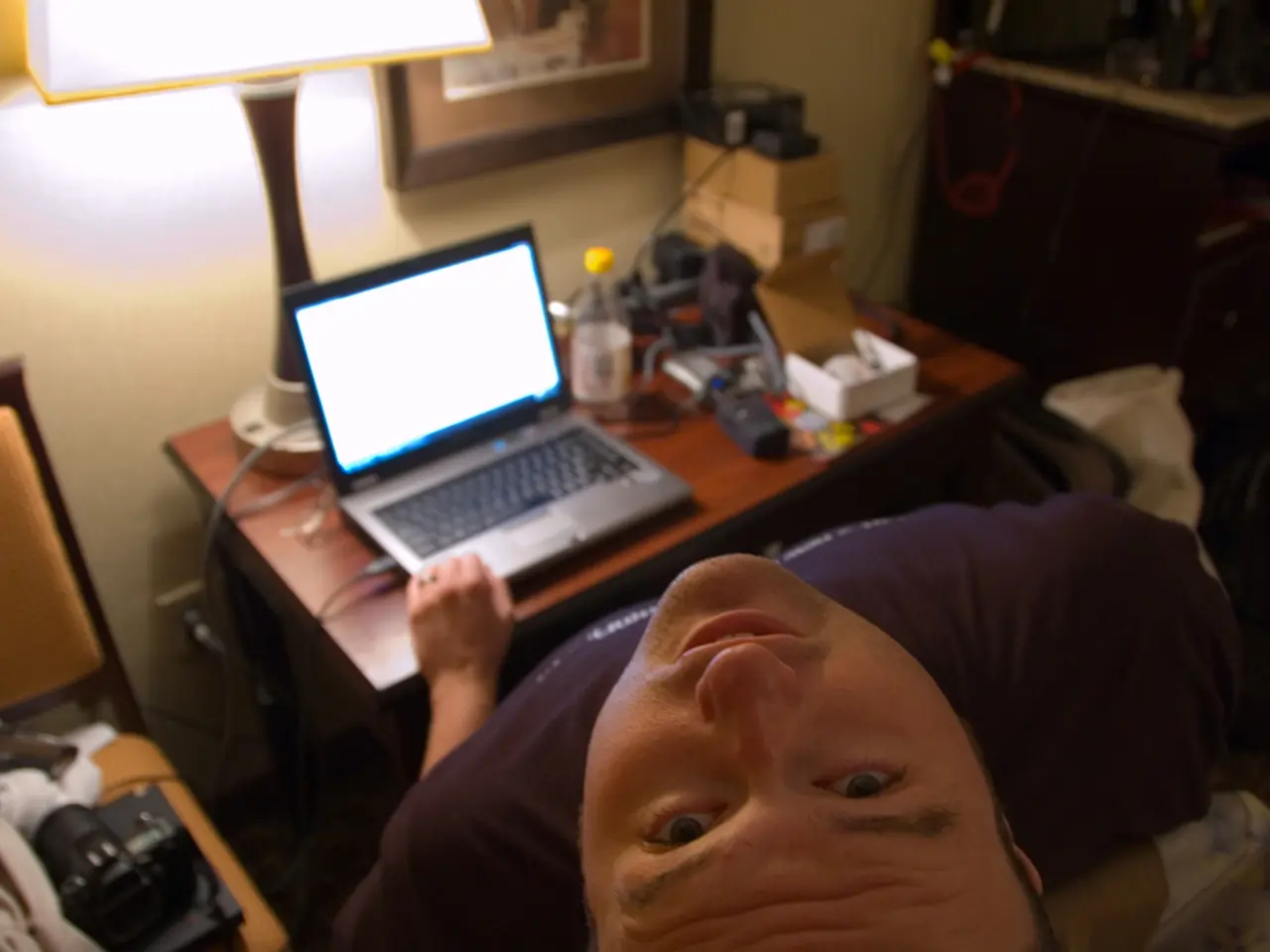Regenerative Medicine and Stem Cells: Unfulfilled Expectations or Legitimate Prospects?
Hey there! Let's chat about the world of regenerative medicine, a field that's all about repairing or replacing cells, tissues, or organs to restore normal body function. While it sounds simple, the reality is far more complex.
This type of medicine is often hailed as the future of medical treatment, promising breakthroughs that could revolutionize the way we handle diseases and injuries. In fact, you've probably come across some amazing advancements in news headlines over the years.
Yet, despite all the hype, the number of regenerative medicine treatments in regular use is quite low. A recent report published in The Lancet even criticized this lack of progress. According to the report's authors, only a few breakthroughs have made it to patients, and some private clinics are exploiting patients' desperation by offering unproven therapies.
That's right, these clinics are cashing in on hopes, offering treatments that haven't been proven safe or effective. It's a shady practice that exploits those who are seeking help. In August, the FDA cracked down on one such stem cell clinic in Florida for marketing unapproved stem cell products.
So what's the hold-up? Scientists from around the world are working tirelessly on new regenerative medicine solutions, but the road from research to medical practice is long and challenging. Health authorities must ensure that new treatments are safe and effective, a process that can be time-consuming and costly.
Another barrier is cost. Regenerative medicine treatments often require specialized facilities and skilled staff, which can drive up costs. As healthcare budgets are tight in many countries, high costs can prevent these therapies from reaching patients.
However, the potential benefits are immense. With regenerative medicine, we could reduce the burden of diseases like stroke, heart disease, autoimmune diseases, and trauma. These treatments could not only extend lives but also dramatically improve the quality of life for those living with chronic diseases.
As the market grows over the next few decades, finding ways to make these treatments more affordable and cost-effective will be crucial. It's a global challenge that researchers, doctors, patients, regulators, and society as a whole must address if we want to unlock the immense potential that regenerative medicine holds.
Sources:
- Challenges and opportunities in regenerative medicine: The Lancet Commission report
- Regenerative Medicine: The Road to Success
- Regenerative Medicine: Bridging the Gap Between P promise and Practice
- Ethical Challenges in Regenerative Medicine
- Roadblocks and Opportunities for Commercialization in Regenerative Medicine
The world of regenerative medicine offers potential for treatmkng a wide range of medical-conditions, including stroke, heart disease, autoimmune diseases, and trauma, by repairing or replacing damaged cells and tissues. However, the sector faces substantial challenges, such as the lengthy and costly process of translating stem cell research into patientcare, and questions about the safety and efficacy of some regenerative medicine treatments currently offered by private clinics.In the field of regenerative medicine, science is focused on advancing transplant techniques, cell therapies, and health-and-wellness applications, with the goal of creating new solutions that can extend lives and improve the quality of life for those living with chronic diseases.*Researchers, doctors, patients, regulators, and society as a whole must cooperate to address the global challenge of making regenerative medicine treatments more affordable and accessible, in order to realize the immense benefits this field holds for patient care.








